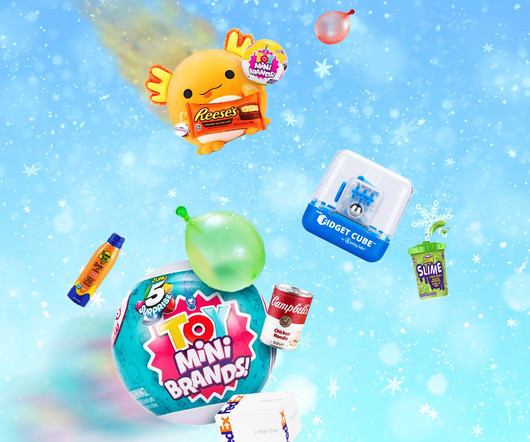Coronavirus Highlights Fragility of Global Supply Networks
Jaggaer
FEBRUARY 12, 2020
Since the outbreak of SARS in 2003, the last major epidemic to hit China, the country has become even more important as a source of key components and materials as well as finished consumer goods. China ’ s economy has grown in leaps and bounds from roughly 4% of world GDP in 2003 to 1 6% today. million units.















Let's personalize your content